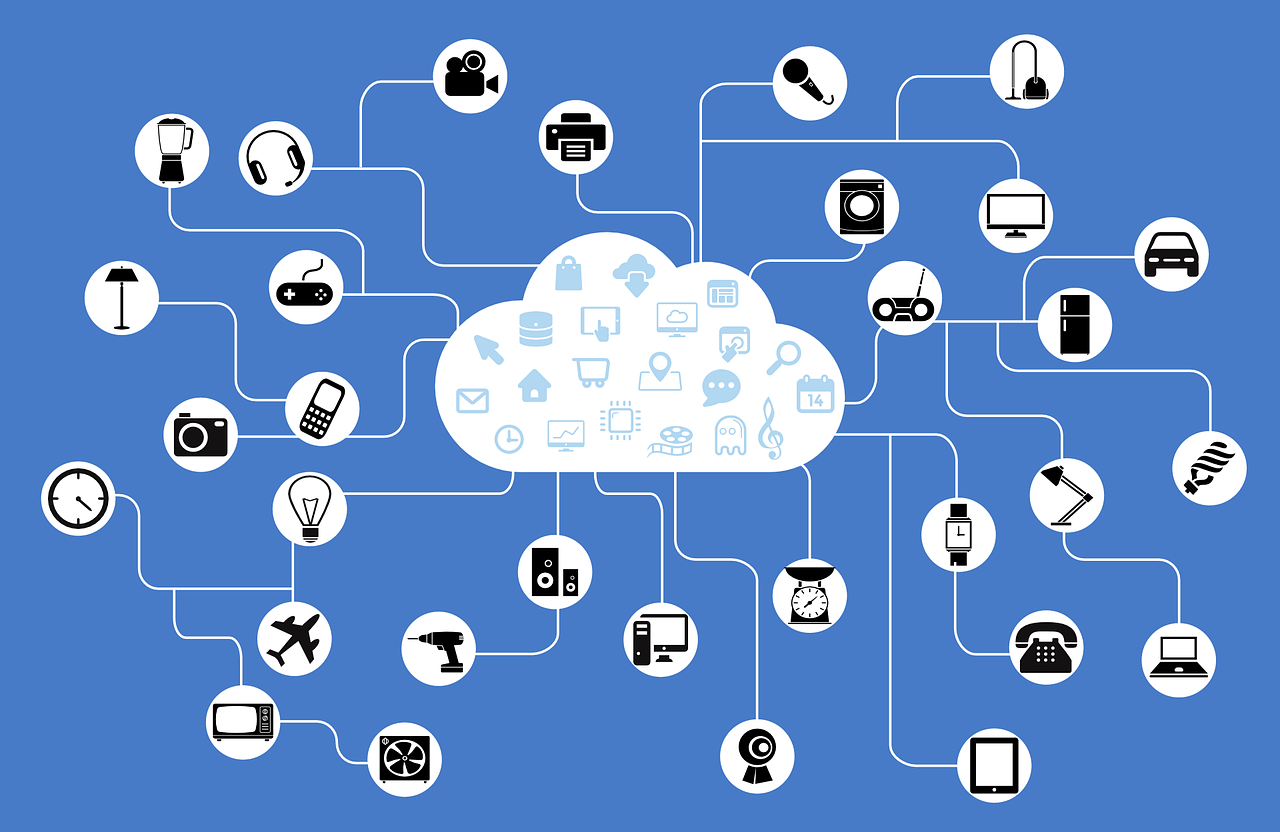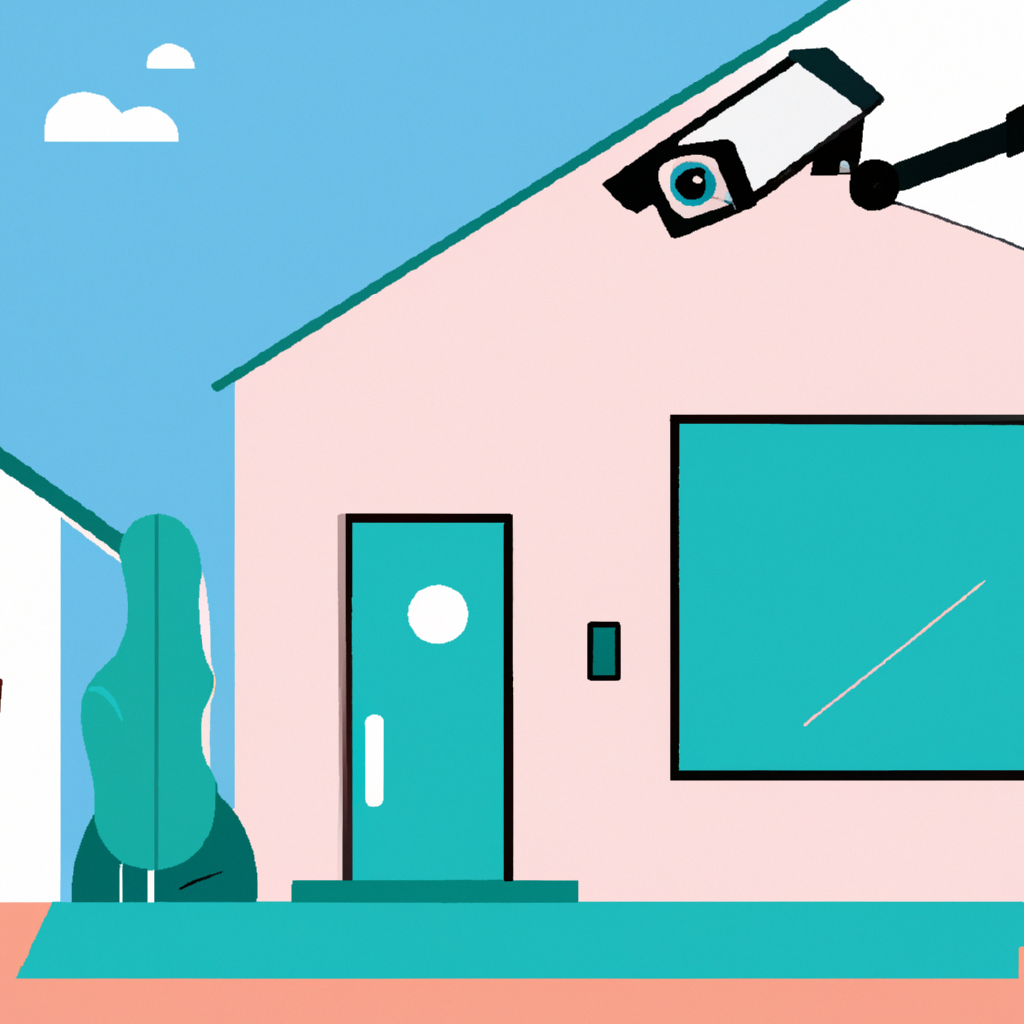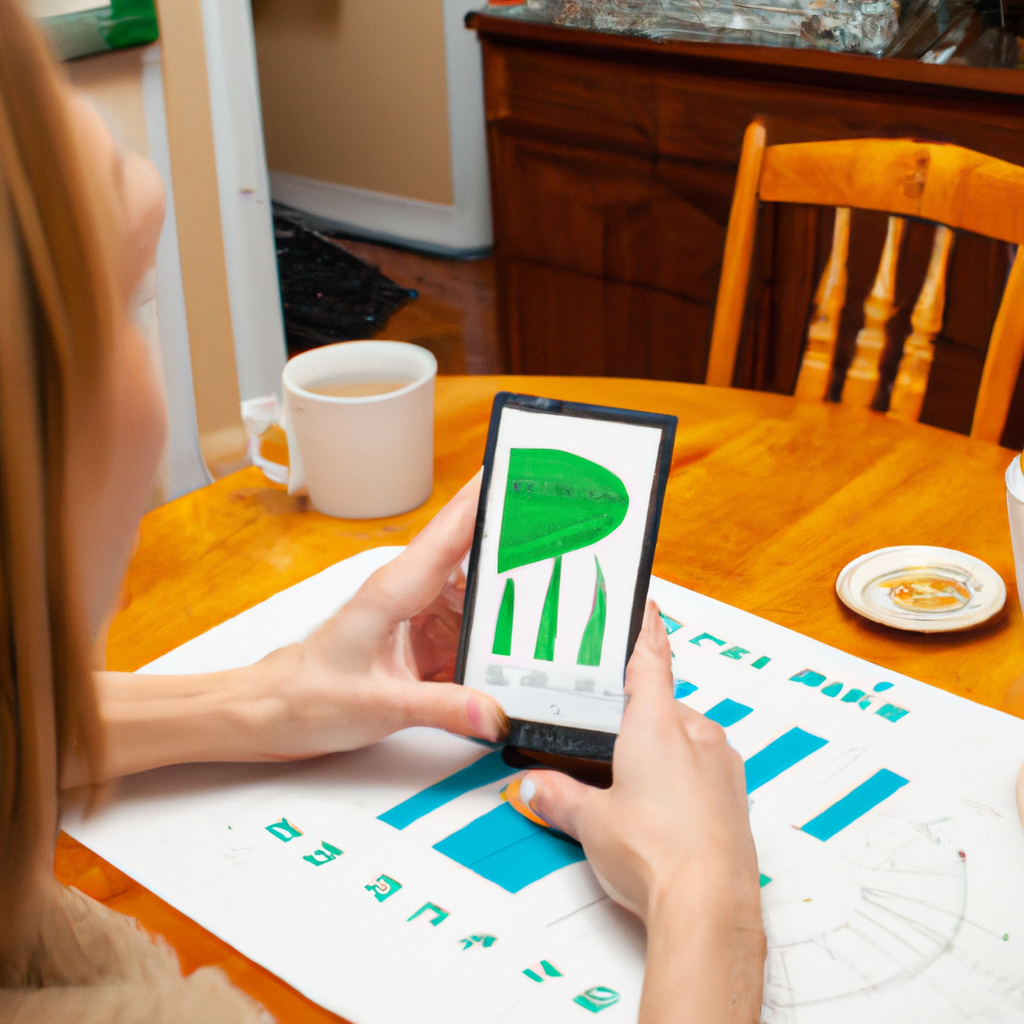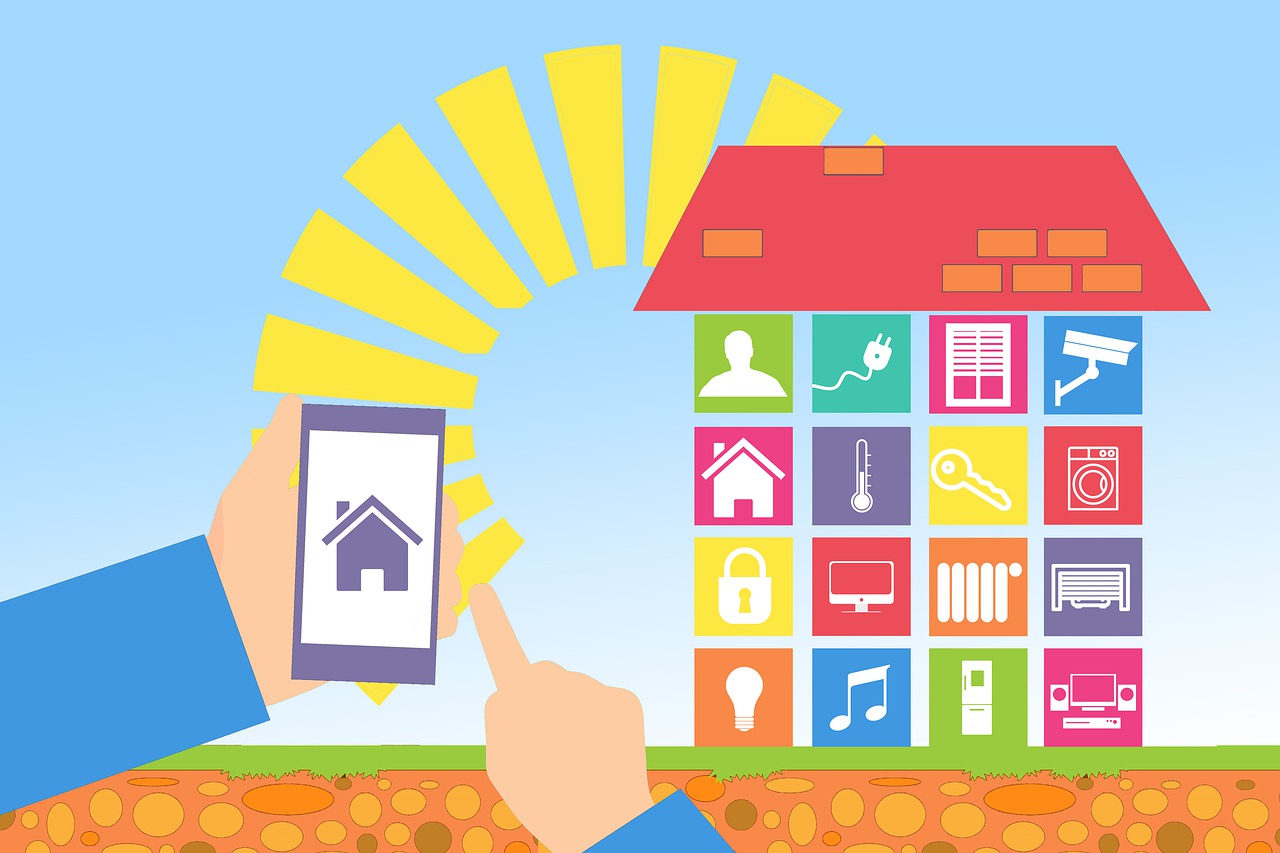One of the things that can slow widespread adoption of a new technology is the lack of a one-size fits all solution. Uber is simple – you request a ride, they pick you up, and then drop you at the destination. There are few options.
On the other hand, your house, even if it started from a template, has likely been customized over the years since it was built. Additions, renovations, and upgrades transform the building into the home you enjoy today. The number and types of things that you would want to en-smarten and the rules and automations those things would spawn are unique to you and your family. For this reason there’s no kit that fits your home specifically to turn it from what it is today into a fully smart home.
There can be starter kits, that generically get someone started with a few basics, but then the customization still lies in the difference between what’s in the kit and what the home needs. There can be specific circumstances in the home that trigger design criteria, such as the number of devices exceeding some fixed limit and requiring the addition of a second something else to support that.
As the awareness of the types of devices and things evolves, the homeowner invariably wants those included – like water detectors for the basement or including energy monitoring outlets for key appliances. The amount of work required to install and configure it all grows with that, and what started out looking like a quick weekend’s work can turn into what looks like a major project.
Another truism of the smart home industry is that, for the moment, it’s not really possible to get a solution from a single manufacturer that covers the BROAD spectrum of appliances, outlets, bulbs, cameras, sensors, etc. etc. that you find in your home. Nor would most of us want to put “all our eggs in one basket” when it comes to all these slots – no manufacturer could or can claim to be best in breed for each of these things. Understanding what these will or might be and how they will work together to form a holistic smart home is a key initial step.
Doing a good design doesn’t take long – but it’s a critical step to take. As a homeowner, this is the one and hopefully only time you’ll need to design a smart home. ElectraPort’s consultants and network of partners, on the other hand, have helped many homeowners get a solid design and plan in place. In many cases this exceeds the homeowner’s initial expectations because we can introduce ideas and technologies that they didn’t realize were possible, and could add them to the mix.
ElectraPort’s smart solutions are conceived, designed, and installed to be durable, permanent fixtures that convey with your property and add asset value to it. We work with you, the homeowner, to create a specific solution that accommodates your lifestyle and property footprint so that your home works for you and not the other way around.






Leave a Reply